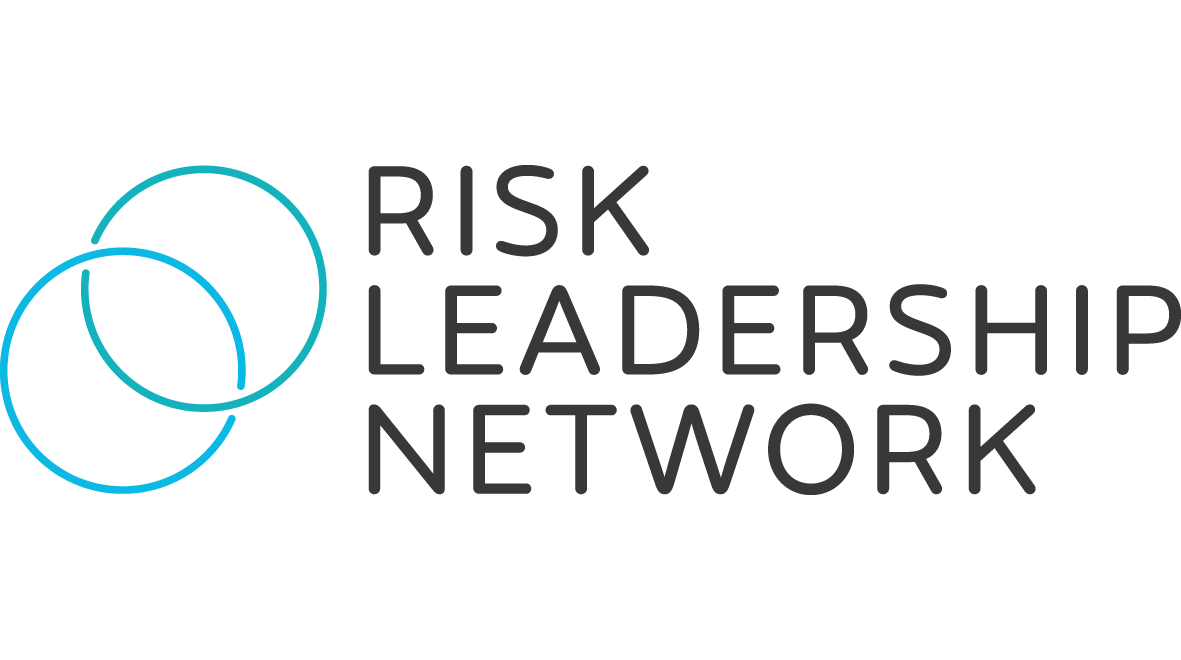Improving risk messaging to the board and executive committee
2024
The risk team spends hours every quarter putting together our risk report for the board. But the board don't really engage with it; no useful pushback, no relevant questions, no understanding of the true value of risk. How can we transform what is currently a note-taking report, into a useful mechanism that helps the business to take a calculated, risk-based approach to decision-making?
Risk Leadership Network member
CRO, ASX-listed telecommunications company
1. Provided benchmarking of internal risk reporting
Immediately, the member could leverage a bespoke benchmark we'd already created for another organisation. They were able to understand what other risk teams at large non-financial institutions include in their board reports - and what they don't. The report also looks into how peers incorporate appetite, emerging risk and opportunity into board reporting.
This allowed the member to quickly benchmark their current reporting against peers and identify quick wins for improvement.


2. Created a bespoke benchmark on board engagement
We developed a benchmark for the member, which majored on how others are practically engaging their executives (c-suite, board) on risk management and conveying the value of risk management to them:
- Actions risk leaders are taking to increase executive engagement
- What does successful engagement look like?
- How to enhance PR for the internal risk team
- Top-down and bottom-up ways of achieving success
- How to move from registers to insight
- How to use training to get better executive engagement


3. Facilitated a series of 1-to-1 meetings
We approached a number of risk leaders who have successfully engaged their board (with a focus on sector/regional peers), and arranged 1-to-1 calls for this member.
In these confidential discussions, the member was able to dive deeper into the practical steps and methods that CROs and heads of risk are using to engage the board through internal reporting: what information they feed up, how to approach workshops and board meetings and the initiatives that have changed the board's understanding of what risk really brings to a business.


How this helped
Engaged the board
The board are now engaged with the internal risk report, and the risk team are now involved in the organisation's strategic decision-making process.
Saved time
The member was able to leverage tried and tested methods of others, particularly in their sector/region.
Validated approach
The member was confident with their new approach as it had been validated by industry/regional peers prior to implementation.